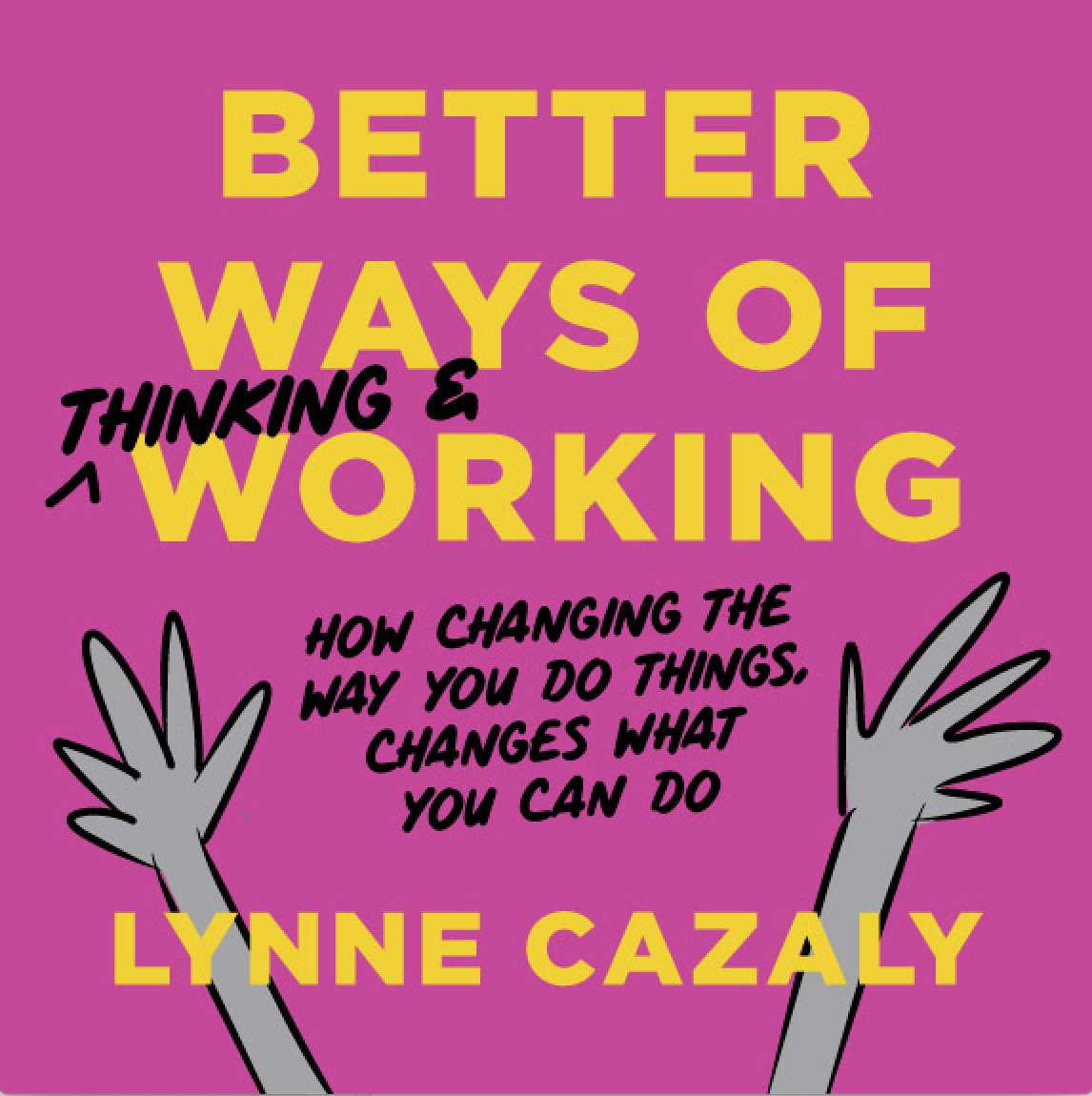Your brain fog is real
 Tuesday, September 21, 2021 at 5:52PM
Tuesday, September 21, 2021 at 5:52PM The thick, foggy feels of the past year aren’t only happening to you or just in your mind ... it’s a real thing.
“After a year of lockdown, many of us are finding it hard to think clearly, or remember what happened when”.
Less social interaction, heightened uncertainty, a low-grade kind of trauma underpinning our life ...
“People are finding themselves more sluggish – their physical and mental weight is somehow heavier, hard to carry around”.
If you’re leading a team, and you’re not acknowledging or noticing this, it’s time to.
And if you’ve felt it but aren’t doing anything but persisting and pushing on through, it’s also time to acknowledge it...
Psychologists say, “For some of us, brain fog will be a temporary state, and will clear as we begin to live more varied lives.”
The sooner you can vary things, at home, at your desk, in your surroundings, throughout your day... the sooner the fog will lift.
Read more in this great article in The Guardian ... and acknowledge the fog.



















